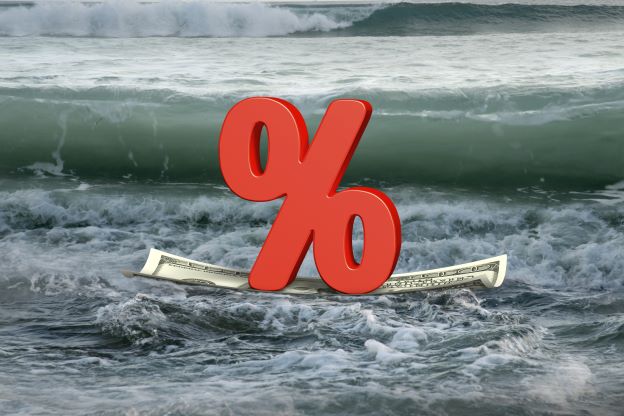
Wells Fargo shared insights on liability management at the pilot meeting of NeuGroup for Capital Markets.
At a spring meeting of NeuGroup for Capital Markets, sponsored by Wells Fargo, several members said they had used interest-rate swaps to shift more of their debt to floating rates, a move that paid off as rates fell in the second quarter amid the pandemic.
- A few participants had regrets about having swapped from floating to fixed rates.
- One member said his team is “spending a lot of time trying to get the right mix” of fixed and floating rates as it asks if “it makes sense to do swaps.”
Conversations and convincing. One of the members who swapped from fixed to floating said it had required “convincing management this was right” from an asset liability management (ALM) perspective, adding that treasury had lots of conversations with the CFO “to make him comfortable.” She said much of the focus was on timing which, fortunately, “worked out.”
- As a result, some of this company’s hedges are in the money, raising the question of whether it makes sense to unwind or enter into offsetting swaps to monetize the hedge gains. The member asked for input on accounting and other considerations.
- This company had also done some pre-issuance hedging and was doing more of it at the time of the meeting.
Magic formula? One of the presenters from Wells Fargo asked, rhetorically, how many people at the meeting had been told there is a “magic formula” for the ideal debt mix, such as 75% fixed to 25% floating.
- Formulas aside, the key question investment-grade (IG) companies must answer before using interest-rate swaps, he said, is how much volatility in corporate earnings (before interest and taxes) will result from changes in rates. The answer, he suggested, depends on the cyclicality of the business and its “absorption capacity.”
- It’s important to ask why you put on the swap, especially in this environment when fixed to floating-rate swaps went into the money, the Wells Fargo presenter said. What’s important is determining how much potential eps volatility it creates and whether “you can add it and not create heartburn,” he said.
What now? Another presenter from Wells Fargo said that, as a result of lower savings now available from swapping fixed to floating rates, “I think people have written off swaps to floating.” But he said the savings are still decent, meaning it makes sense to keep swaps on the radar screen and that corporates should “keep thinking” about them.
- In a follow-up call in early July, he said his views still hold in the current market and pointed to data Wells Fargo presented during the meeting to illustrate that swaps to floating make sense even when rates are flat.
- It shows that over the last 23 years, the savings on a 5-year swap, even in an adjusted market environment where interest rates remain flat and trendless, still amount to nearly 100 basis points.
- This may be especially relevant today given that so many companies boosted liquidity as the pandemic shut down the economy by issuing fixed-rate debt.
- As a result, Wells Fargo’s presentation says, the liability portfolios of many IG issuers are overweight fixed-rate debt.
- The bank also noted an “asset liability mismatch (debt versus cash/short-term investments) creating ‘negative carry drag’.”


